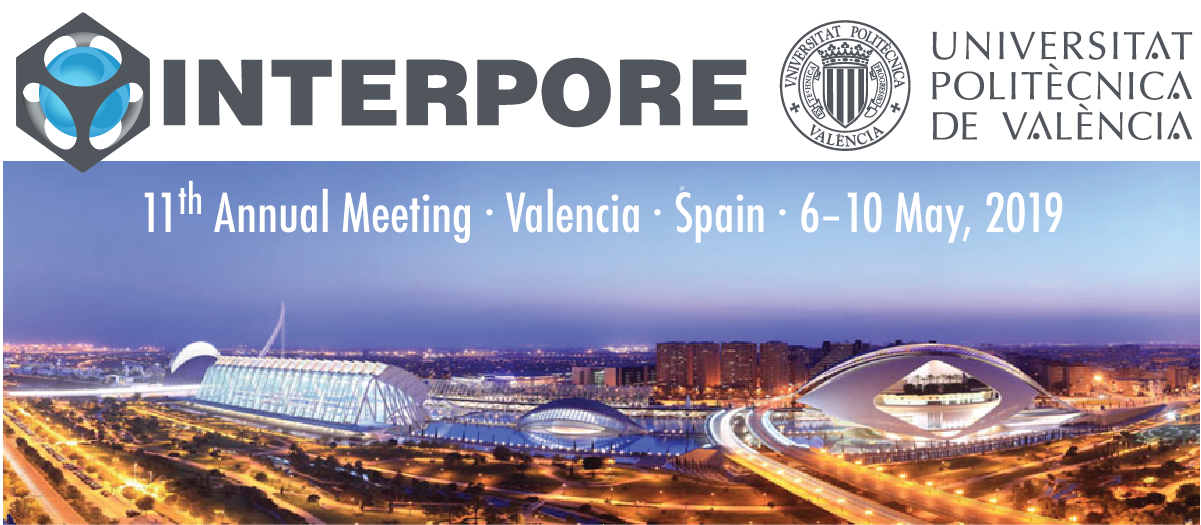Speaker
Description
In polymer electrolyte fuel cells (PEFC) the transport of liquid water is highly relevant for efficient operation of the stack. For this reason the liquid water transport in gas diffusion layers (GDL) and in channels is addressed by many researchers. The GDL/channel interface is characterized by Yu et al. [1,2], its coupling to channel simulations is shown by Andersson et al. [3]. In that work the GDL fibers were assumed being hydrophobic by covering them with polytetrafluorethylene (PTFE) completely. On the other hand it is known that the PTFE distribution on the outer surfaces and inside the GDL is not homogeneous [4].
In this work the impact of PTFE distribution inside the GDL on transport properties will be discussed.
The water transport simulations in the GDLs are performed in micro structures created by a stochastic geometry model [5]. These geometries are transferred to the lattice Boltzmann (LB) simulations via a series of binary images. Since the local hydrophilic / hydrophobic properties of the micro structure have a strong impact on two-phase flow behaviour inside the GDL, a distribution of the hydrophobing agent PTFE on the fiber surface is taken into account. A certain range around random positions within the GDL can be hydrophobized until a total amount of the GDL surface is covered. This algorithm can be applied to the whole GDL or to particular sub-regions of it resulting in local different contact angles of water on the solid fibers.
The water transport in a hydrophobized GDL is simulated for several total amounts of PTFE. The studies are applied for homogeneous and also for inhomogeneous PTFE distribution. The amount of PTFE and its homogeneity of distribution can cause systematic impact on the liquid water transport. However; the distribution of a given total amount of PTFE lower than 100 % leads to statistical spread when several realizations of PTFE distribution are applied to a fixed geometry.
The impact of the pore-scale distribution of PTFE on macrospcopic flow behaviour is discussed.
Part of this work was funded by the Chinese Scholarship Council (CSC), grant 201408080011. Transport simulations are running on hardware of the Jülich Supercomputing Centre, grant JIEK30.
| Acceptance of Terms and Conditions | Click here to agree |
|---|






